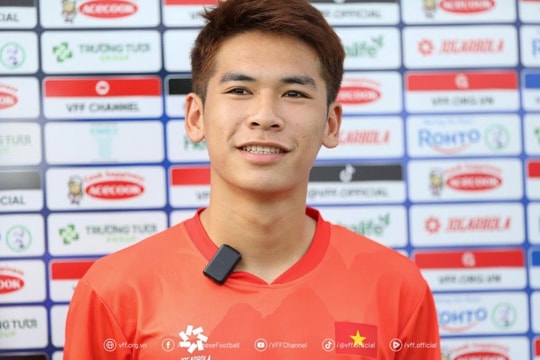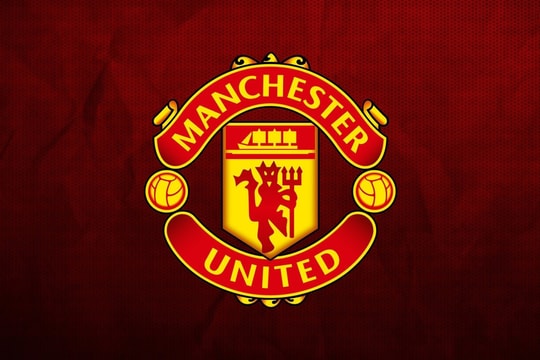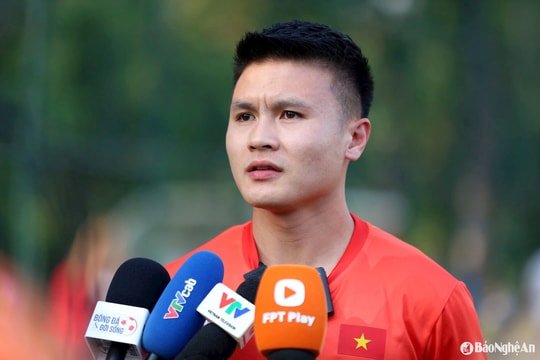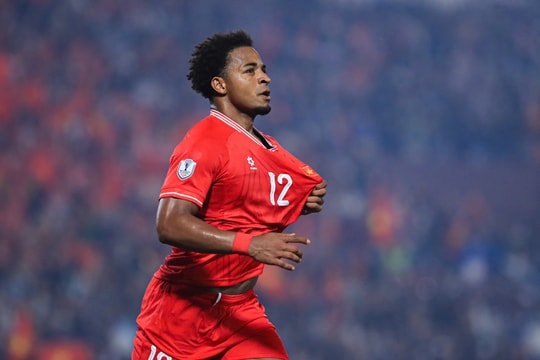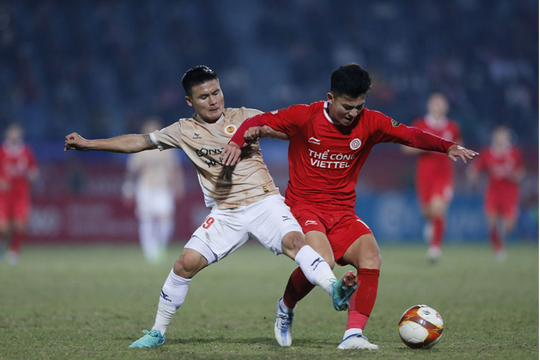How did Alex Ferguson build a great MU?
Man United went through three consecutive trophyless seasons from 2003/04 to 2005/06. However, after this lull, the Red Devils rose strongly and established the most glorious period of the legendary coach Alex Ferguson era.
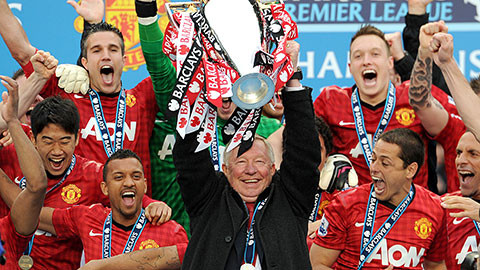 |
Writer Michael Cox of the Independent newspaper, a close friend of Sir Alex, recently revealed the secrets that helped MU go from being a loser to becoming great.
Changing the perspective of human resources
At the end of the 2005/06 season, Man United finished 8 points behind champions Chelsea. It was the third consecutive season that the Red Devils had finished empty-handed in the Premier League. At that time, many people thought that MU had reached the end of its successful journey. While Chelsea emerged as a new force with bold moves in both tactics and personnel, Man United had an old appearance.
However, with a radical reform in many areas, Man United quickly regained their glory. They won the Premier League three consecutive seasons 2006/07, 2007/08 and 2008/09. During that time, the Red Devils always maintained their presence in the Champions League semi-finals and once won the prestigious tournament (2007/08 season). This was the most glorious period of the legendary coach Alex Ferguson era.
Sir Alex's first revolution was in personnel. Previously, Man United usually only used players from the UK, or football backgrounds that easily adapt to the Premier League such as France or the Netherlands and rarely used Latin players.
But from January 2006 onwards, the Red Devils no longer limited themselves. They prioritized buying players with high mobility, who could perform many different tasks, depending on the development of the match. Patrice Evra was one of the typical deals that represented this philosophy. The French defender was not only responsible for protecting the left wing, but also often advanced to become a dangerous attacking spearhead.
To a lesser extent, signings like Nani and Anderson can also play in a variety of positions. The mobility and versatility of the players become the basis for Ferguson to build a more flexible playing style.
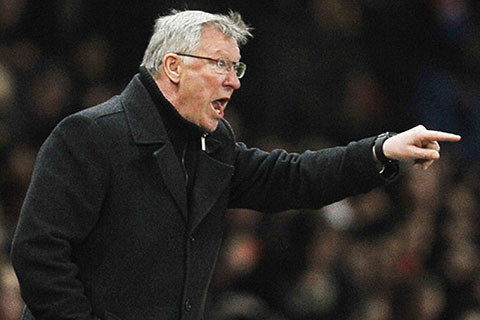 |
Transforming the gameplay
The tactical revolution of Man United in the last decade was started by Carlos Queiroz, Ferguson's right-hand man and assistant at Man United. It was Queiroz who proposed selling the main striker Ruud van Nistelrooy, because in the long run, MU did not need a striker but would use attacking players with a tendency to move widely.
Man United have abandoned the traditional 4-4-2 formation of English football in favor of a 4-5-1, or sometimes a 4-3-3. The Red Devils no longer rely on the opportunistic talent of a top striker. Instead, they look for breakthroughs through the cohesion of the team's positions, the ability to move and the emphasis on counter-attacks.
A section of Man United fans were initially not very enthusiastic about these changes. They were surprised when Ferguson brought Carlos Tevez to Old Trafford, because the Argentine striker played quite similar to Wayne Rooney and was not a goal-scorer in the penalty area. But Sir Alex had his own plans.
“Many people have told me that Tevez is too similar to Rooney. But I don’t see that affecting the plan we are pursuing. They are both quick, good dribblers and both have good shots with both feet. That similarity doesn’t affect them playing together,” Ferguson said.
By the 2007/08 season, Ferguson's system had reached its peak. It was difficult to pinpoint who was the Red Devils' main attacking force. MU often played with the attacking trio of Ronaldo - Rooney - Tevez. But sometimes Nani or Giggs were also pushed up to play as strikers. In home games against weaker opponents, MU's attacking players had no fixed positions. They moved back and forth and together controlled large areas.
Ronaldo thrived in this free-flowing system. Sometimes CR7 played on the right, then moved to the left, or moved into the middle. Rooney, Tevez or Park Ji-sung would fill the position Ronaldo left.
Recalling this period, former defender Gary Neville said: “Ronaldo would usually try to test all four opposing defenders before actively drilling into the position he thought was weakest. When he saw the target clearly, Ronaldo accelerated, strong like a leopard.”
Use people who are not good at it During the period from 2006 to 2009, coach Alex Ferguson made a breakthrough in the way he used players. Many players were deployed in positions that were not their forte but were extremely successful, creating a turning point in their careers. The most typical example is Park Ji-sung (pictured). This Korean player originally played as a winger for both the national team and PSV Eindhoven. But when playing for MU, Park mainly played as a central midfielder. His job was to recover the ball and block the opponent's explosives. Man United were at their peak in the three seasons 2006/07, 2007/08, 2008/09. After that, this system was no longer suitable for the Red Devils, because Ferguson could not find a player with similar qualities to replace Ronaldo. Titles MU won under Sir Alex 13 Premier League titles: 1992/93, 1993/94, 1995/96, 1996/97, 1998/99, 1999/2000, 2000/01, 2002/03, 2006/07, 2007/08, 2008/09, 2010/11, 2012/13 5 FA Cup titles: 1989/90, 1993/94, 1995/96, 1998/99, 2003/04 4 League Cup titles: 1991/92, 2005/06, 2008/09, 2009/10 2 Champions League titles: 1998/99, 2007/08 1 European Cup Winners' Cup title: 1990/91 1 European Super Cup: 1991 1 Intercontinental Cup: 1999 1 FIFA Club World Cup title: 2008 |
According to bongdaplus.vn
| RELATED NEWS |
|---|

